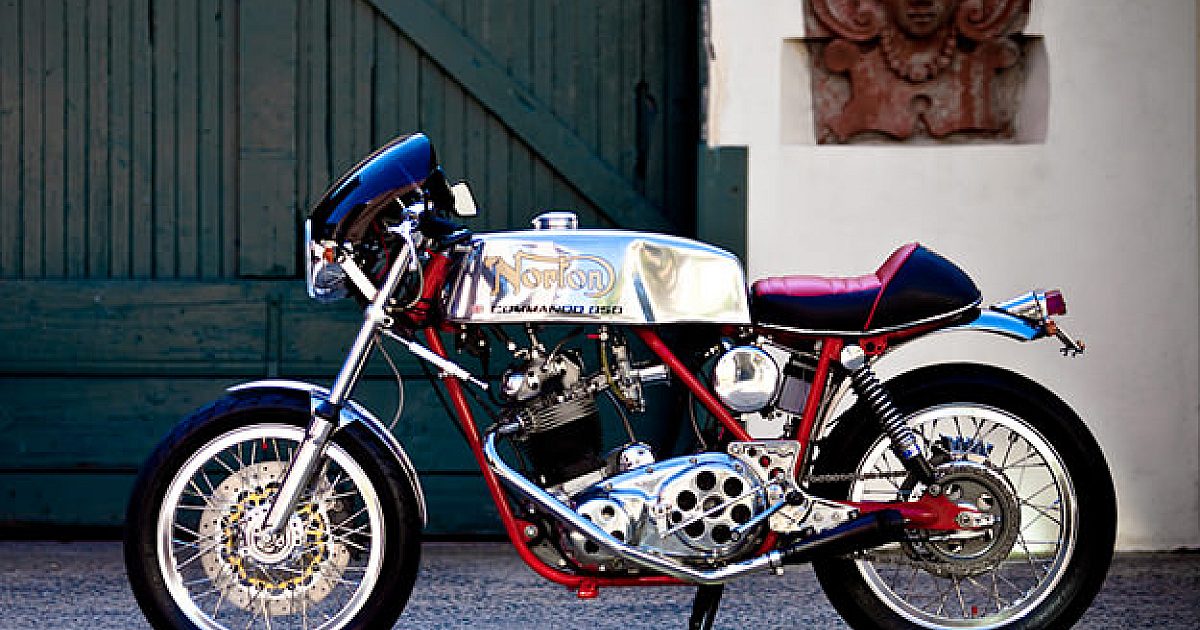Deets55
VIP MEMBER
- Joined
- Oct 3, 2013
- Messages
- 1,649
OK. I have never seen a 2x2 dimple pattern, but the Commando Mk3 rear rim actually has a 3x1 dimple pattern (I had not realized this). The design is peculiar and I am curious why NV devised this pattern, since the similar conical hub from Triumph/BSA featured a traditional 1x1 dimple pattern. This is the ideal arrangement.
Quote: Every wheel has a set of spokes which is actually a group of four sets. All wheels contain four sets of spokes, two for each hub side, or flange. One set that pulls and one that pushes. This is what creates the cross pattern and gives the wheel its strength. End of quote.
By all landmarks, the equal number of push/pull spokes from each flange results in an alternating dimple pattern, left-right to the rim bead (1:1). Even the heavier and more powerful T160 used a 1:1 dimple pattern, albeit with a cotton reel type hub. NV cocked it up, because on the Mk3 one set of spokes regularly looses tension. Maybe this is why Bill Becker laced his rear wheel using a normal 1x1 dimple pattern, which shows it IS possible even when using the stock Mk3 rear hub.

Bike EXIF | Bill Becker's pristine Norton Commando Mk III
It’s hard to improve on the Norton Commando. But Bill Becker, creator of the lovely Aermacchi Sprint we featured a little while ago, has taken the iconic…www.bikeexif.com
If I ever need to rebuild my rear wheel, I will do it this way.
Sorry for stealing this thread which was about the front wheel.
-Knut
Knut,
Thsee are pictures of my Buchanan rims and SS spokes. Laced them myself and copied the pattern from the existing rims. They were within .002” axially and radially. Tightened spokes by feel/sound. Probably close to 20,000 miles on them now. Never had a loose spoke and appear to be as true as when I laced them. Rear pattern seems to be the same or similar to Bill’s. These are the first and only rims I ever laced up. Also the Buchanan weld joint is minimal.
Pete

